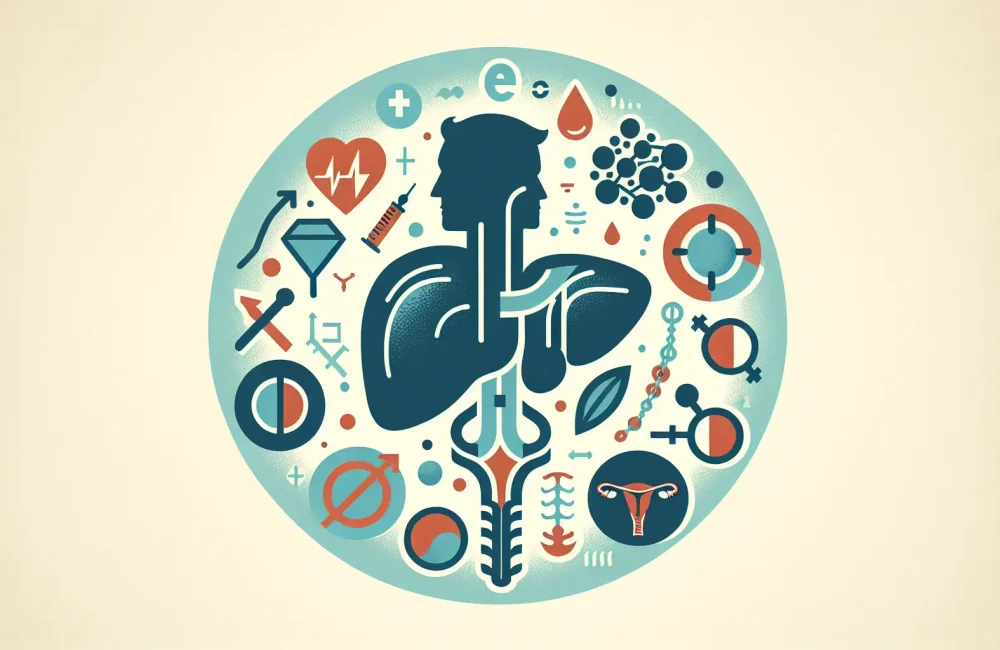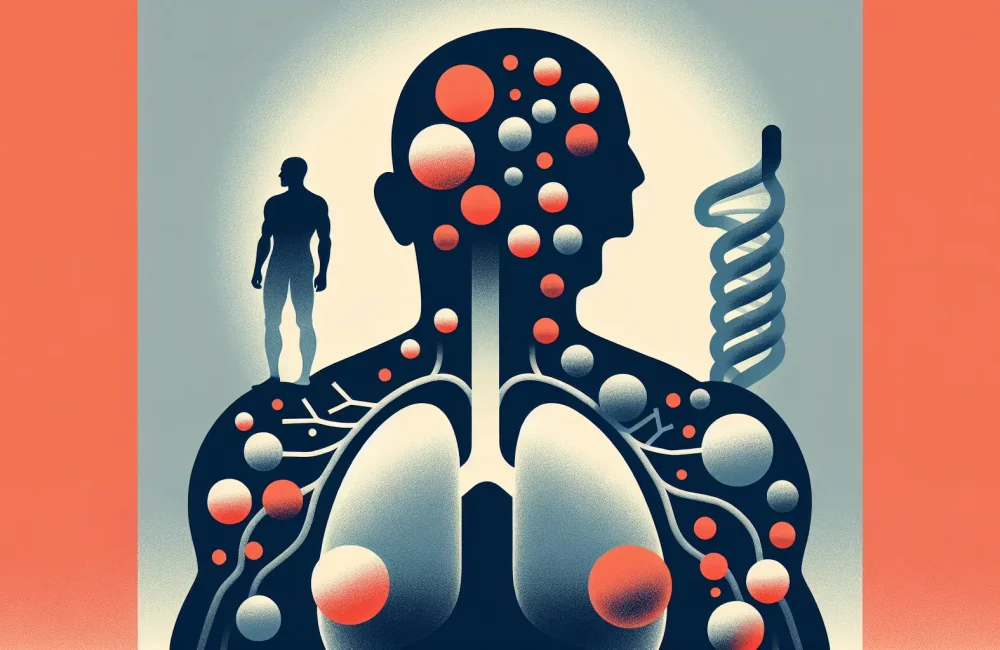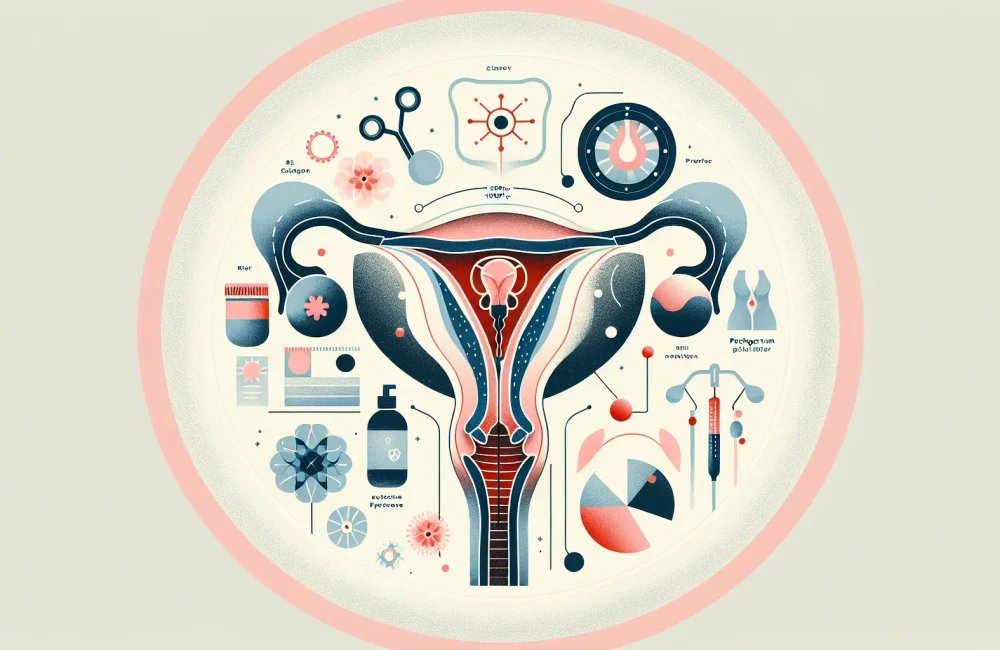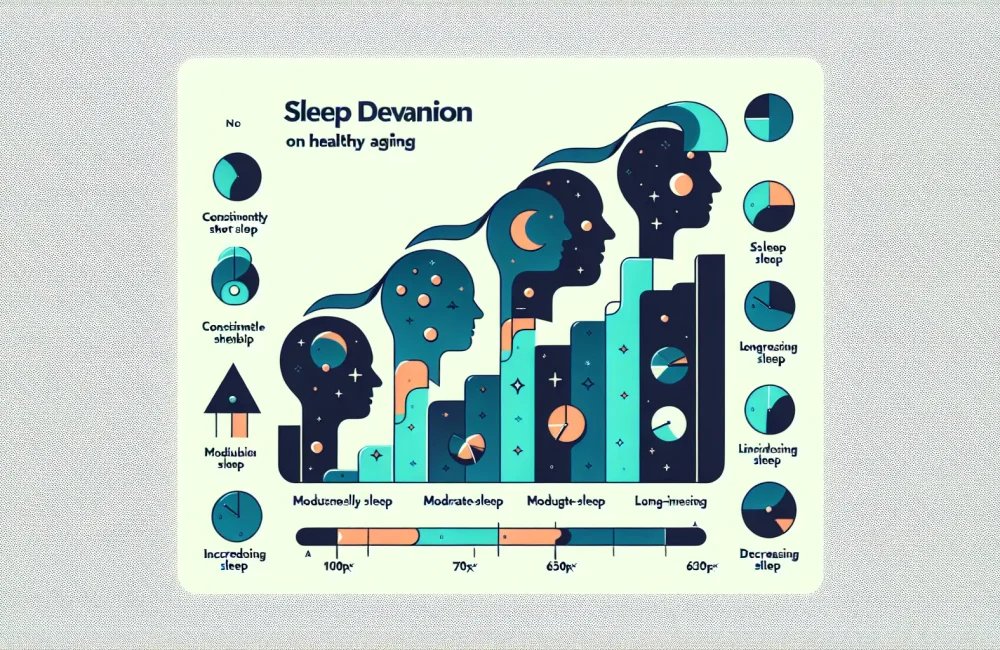By CAFMI AI From Clinical Gastroenterology and Hepatology
Prevalence and Clinical Impact of Testosterone Deficiency in Cirrhosis
Testosterone deficiency is a common yet underrecognized issue in men with cirrhosis, a chronic progressive liver disease characterized by extensive fibrosis and deteriorating liver function. Low testosterone levels, or hypogonadism, frequently occur due to hormonal imbalances associated with the liver’s impaired capacity to regulate endocrine functions. Clinically, this deficiency has profound consequences, including the development of sarcopenia (loss of muscle mass), frailty, decreased bone density, sexual dysfunction, and a markedly reduced quality of life. Observational data have consistently demonstrated that men with cirrhosis and low testosterone experience higher rates of infections, increased hospitalizations, and an overall elevated morbidity and mortality risk. Given the multisystem effects of testosterone deficiency, it contributes significantly to the complex clinical course of cirrhosis, compounding patients’ vulnerabilities and complicating care strategies. The linkage between testosterone levels and the metabolic and inflammatory disturbances seen in cirrhosis underscores the hormone’s critical role in the disease’s pathophysiology.
Mechanisms by Which Testosterone Replacement Therapy Benefits Cirrhotic Patients
Testosterone replacement therapy (TRT) offers a promising intervention to counteract the detrimental effects of hypogonadism in men with cirrhosis. At the cellular and molecular levels, testosterone facilitates protein synthesis, crucial for muscle repair and regeneration, thereby addressing sarcopenia and frailty. The anabolic effects of testosterone extend to the maintenance of bone density, contributing to the prevention of osteoporosis, which is common in this patient population. Moreover, testosterone exhibits anti-inflammatory properties that potentially modulate the systemic inflammatory state characteristic of cirrhosis, which is linked to disease progression and complications. Immune modulation by TRT may reduce the frequency and severity of infections, a major cause of morbidity in cirrhosis, alongside potential improvements in hepatic encephalopathy through yet-to-be fully elucidated pathways. Clinical observational studies have shown that TRT improves muscle strength, sexual health, and quality of life, with emerging evidence suggesting an association with improved survival. These benefits likely arise from multifaceted effects on metabolism, inflammation, and immune function.
Clinical Application and Future Directions of Testosterone Replacement in Cirrhosis
For healthcare providers managing men with cirrhosis, consideration of TRT is becoming increasingly relevant due to its potential to improve morbidity and mortality outcomes. Careful patient selection is essential; TRT is indicated for men with documented low testosterone levels and accompanying clinical symptoms of hypogonadism, such as decreased libido, fatigue, and muscle weakness. Prior to initiating therapy, contraindications—including prostate cancer—must be excluded through comprehensive evaluation. Monitoring during TRT involves regular assessment of liver function tests, hematocrit, and prostate health to minimize adverse effects and ensure safety. The currently available evidence, primarily observational and mechanistic studies, highlights TRT as a valuable adjunct to standard cirrhosis management. However, this therapy is not yet standard of care, pending further robust randomized controlled trials to define optimal dosing, duration, and long-term safety in this population. Clinicians should also be aware that TRT could potentially improve patients’ quality of life and reduce complications that often lead to hospitalization, thus influencing primary care workflows. Counseling points include setting realistic expectations about treatment outcomes, discussing possible side effects, and emphasizing the importance of ongoing follow-up for effective disease and therapy management. Overall, testosterone replacement represents a promising therapeutic frontier aimed at addressing a critical and modifiable risk factor in men with cirrhosis.
Read The Original Publication Here






